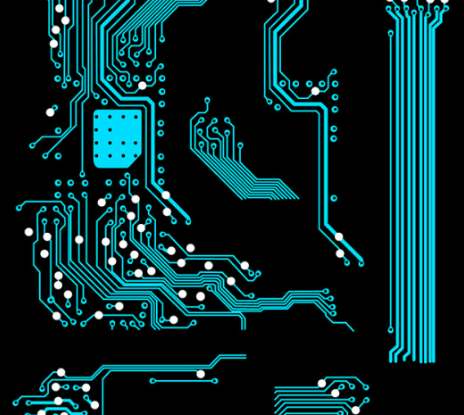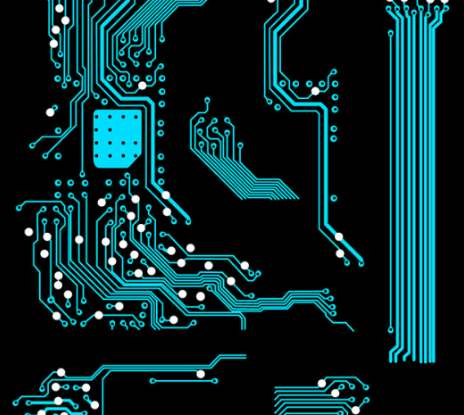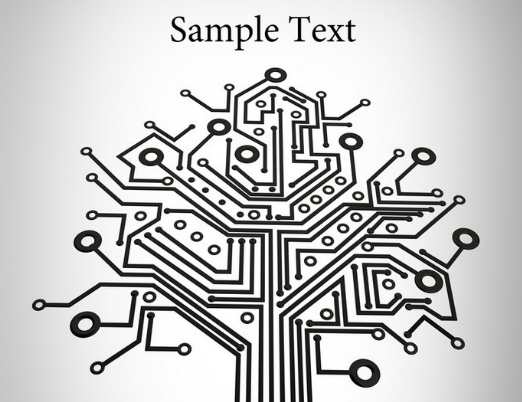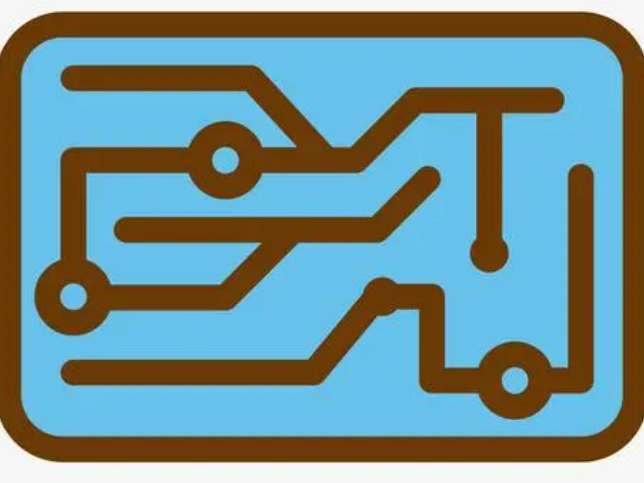
Copper plating is the most widely used in order to improve the adhesion of the coating and a kind of precoating, this paper we will introduce the copper plating technology in PCB process encountered common problems and their solutions. Hopefully, engineers can learn and apply these experiences in their work, which can help you find and solve problems and fundamentally improve the technical level. Copper electroplating is the most widely used in order to improve the adhesion of coating and a precoating, copper coating is an important protective decorative coating copper/nickel/chromium system components, flexible and low porosity copper coating, to improve the adhesion and corrosion resistance between the coating plays an important role. Copper plating is also used for local carburizing, metallization of printed board holes, and as a surface layer of printing rollers. Chemically treated layers of colored copper, coated with organic film, can also be used for decoration.

Copper sulfate plating plays a very important role in PCB plating. The quality of copper plating directly affects the quality and related mechanical properties of copper plating, and has certain influence on the subsequent processing. Therefore, how to control the quality of copper plating is an important link in PCB plating, and is also one of the difficult processes to control in many large factories. Copper acid electroplating common problems, mainly have the following: 1, rough plating; 2, electroplating (plate) copper particle; 3. Plating pits; 4. The board is white or uneven in color. In view of the above problems, some summary, and some brief analysis of solutions and preventive measures.
1, rough electroplating generally rough plate Angle, most of the plating current is caused by large, you can lower the current and check the current display is abnormal; The whole board is rough, generally will not appear, but the author has met once in the customer, later found out when the winter temperature is low, the content of light agent is insufficient; There are sometimes some rework film board surface treatment is not clean will also appear in a similar situation.
2, electroplating plate surface copper particles caused by more factors, from copper sedimentation, graphic transfer of the whole process, plating copper itself is possible. I have met in a state - owned large factory, caused by copper plate surface copper particles. Surface copper particles caused by the copper-sinking process may be caused by any of the copper-sinking processes. Alkaline oil removal in the water hardness is higher, more drilling dust (especially the double panel without removal of rubber slag) poor filtration, will not only cause the rough surface, but also cause the rough hole; But generally will only cause the hole rough, the surface of the slight spot dirt micro-erosion can also be removed; There are mainly several cases of microcorrosion: the quality of the used microcorrosion agent hydrogen peroxide or sulfuric acid is too poor or ammonium persulfate (sodium) contains too much impurities, the general recommendation should be at least CP grade, industrial grade in addition to cause other quality failures; The copper content in the micro-etching groove is too high or the temperature is too low, resulting in the slow precipitation of copper sulfate crystal. The tank is cloudy and polluted.
Activation liquid is mostly caused by pollution or improper maintenance, such as filter pump leakage, tank liquid proportion is low, copper content is high (activation cylinder use time is too long, more than 3 years), this will produce granular suspension or impurity colloid in the tank, adsorption on the surface or hole wall, at this time will be accompanied by the production of rough hole. Degluing or acceleration: the use of tank liquid for too long turbidity, because now most of the degluing liquid is prepared with fluoroboric acid, so it will attack the glass fiber in FR-4, resulting in the rise of silicate in the tank, calcium salt, in addition to the increase of copper content and tin content in the tank will cause the production of copper particles on the surface. The copper sink itself is mainly caused by the strong activity of the tank liquid, the dust stirred by the air, the small particles suspended in the tank, etc., which can be effectively solved by adjusting the process parameters, increasing or replacing the air filter element, the whole tank filtration, etc. After copper sedimentation, the dilute acid tank of copper plate is temporarily stored. The tank liquid should be kept clean, and the tank liquid should be replaced in time when it is cloudy.
The storage time of the copper plate should not be too long, otherwise the surface is easy to oxidize, even in the acidic solution will be oxidized, and the oxide film is more difficult to deal with after oxidation, so the surface will produce copper particles. The above mentioned copper sinking process of the plate surface copper particles, in addition to the board surface oxidation caused by the general distribution on the board surface is more uniform, strong regularity, and the pollution produced here whether conductive or not, will cause the generation of copper plating plate surface copper particles, processing can be used in some small test plate step by step treatment control judgment, for the site fault plate can be solved with a soft brush light brush; Graphic transfer process: development of excess glue (extremely thin residual film plating can also be plated and coated), or after the development cleaning is not clean, or the plate in the graphic transfer after placing time is too long, resulting in different degrees of oxidation of the board, especially the board cleaning poor condition or storage workshop air pollution is heavy.









